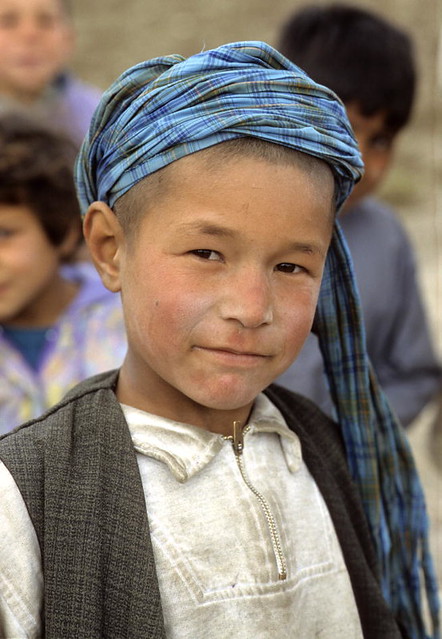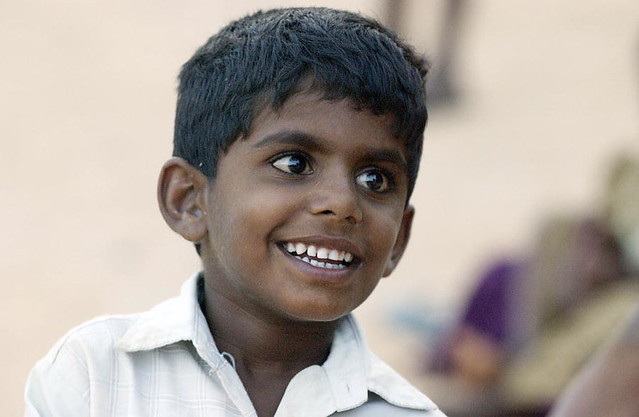Threading four news items reported this morning:
A bunch of children shown climbing a tall ladder in news videos inspire everyone the world over. That they
brave near-vertical cliffs for school is a popular meme on twitter
today. The BBC reporter inevitably draws a link to China’s rapid development having eluded the region. Is it easy or necessary though to constantly judge one region’s conditions compared with another's? It is hard to ignore the pristine cloud forests in the backdrop there (Sangzi, Hunan). Roads destroy and divide habitats such as that. Unless she has severe acrophobia, would the child necessarily be better off caught in the midst of a school traffic phenomenon so severe it has its own
Wikipedia entry? With all our common knowledge of the advantages of modernised urban life, can we also acknowledge and not dismiss the perks of an active life in wild surroundings?
 |
 |
| A child in Port-au-Prince,
|
in Dakhla,
|
Speaking of comparisons between Chinese and American schoolchildren, an interesting account of what happens when immigration eventually does pit them together: something about the success of tuition classes aimed at local students in Chinatown is
now attracting non-Chinese students from all over New York City. Not that proximity matters today. Even when they remain separated across the pacific, comparisons with their Chinese counterparts
appears to be high on the policy agenda in the US.
 |
 |
| in Mazar-i-Sharif,
|
and in Mulliyavalai. Photos courtesy United Nations, via Flickr, licensed under a Creative Commons License
|
Whether you face a difficult trek to school and happen to get low grades, or face perilous traffic conditions and yet consistently top the class, surely what matters most is that you are cared for and you have a school that you are motivated enough to go to every day. That you were not
abandoned either by those that nature entrusted with your care or those that society elected to be responsible, as
continues to happen to far too many children in almost all parts of the world.




